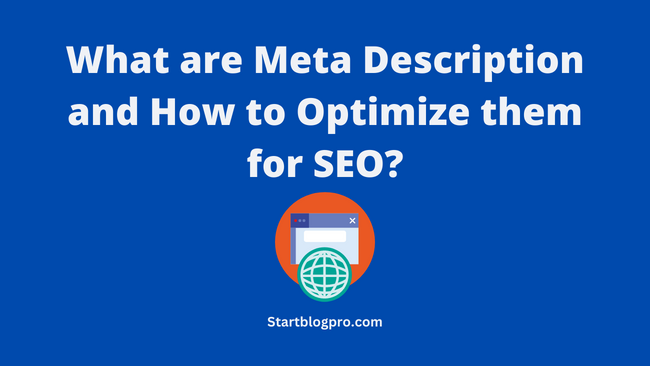Meta description optimization is an important SEO task. It improves the websites’ SEO and visibility in search results. Thus, resulting in better user engagement and conversions.
In this blog post, we cover meta descriptions. Why are they important? Their impact on website traffic and conversions. we also list specific optimization techniques for writing compelling meta-descriptions.
What is a Meta Description?
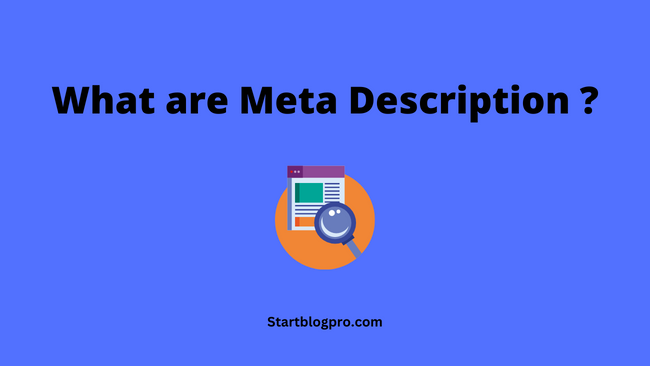
The meta description summarizes a webpage’s content. It is wrapped in the <head> element of the page’s HTML code. It shows up below the page title and URL in the search engine results.
The description is related to the user’s search query. Providing an idea of what the page is about. A good description informs and compels a user to click.
This is how the meta description appears in search engine result pages (SERPs).

It is not visible on a web page but in the search results. Its font size is smaller. The characters that exceed the limit are truncated.
Meta Description Length
Search engines don’t prescribe or limit the length of a meta description. They present the first 150-160 characters truncating the extra characters. So, try to create a concise and to-the-point description.
Meta Description Example (source code)
<html>
<head>
<title>Brodens Bank - Open Saving Account, Current Account </title>
<meta name="description" content=" Brodens Bank provide banking services to small businesses and employees of bay area.">
</head>
<body>
Importance of Meta Description Optimization in SEO
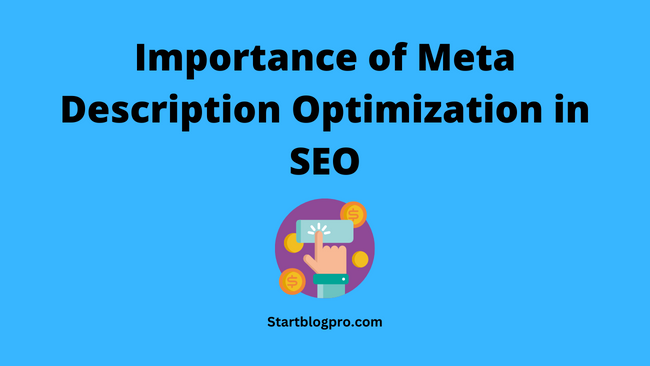
Meta description optimization is an important task in SEO. Search engines use meta descriptions to understand the page content. A well-written description helps the search engine understand the relevance of the page.
- Affect Click-through Rates – A compelling description improves the web page’s click-through rate. Higher page CTR means more traffic for your site.
- Improve Search Engine Rankings – A high CTR shows that the page is relevant and useful for the users. This is a positive signal for search engines. Thus, improving the web page’s search engine rankings.
- Influence User Perception of the Website – The meta-description influences users’ perceptions of the website. The user gets an idea of what to expect after clicking through to a webpage. Thus, an excellent description builds trust and credibility with users.
- Increase in Engagement and Conversions – An excellent description improves the click-through rate. Resulting in more traffic, better engagement, and translates into higher conversions.
Thus, meta-summary plays a vital role in the success of a website.
How to Check the Meta Description of a Web Page?
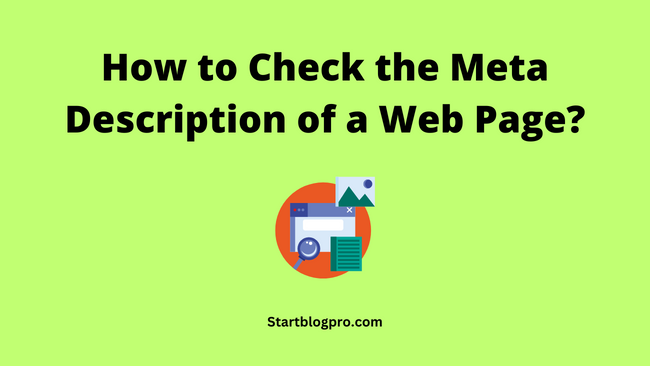
Meta descriptions are within the HTML code of your web pages.
To check the description:
Right-click and select view the source. Use Ctrl+F to search for the description.
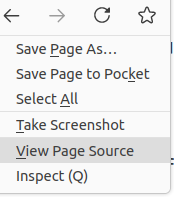
If you are using a CMS, you can edit the meta description using a plugin. Or the description field in the webpage’s meta settings.
How to Write Effective Meta Descriptions?
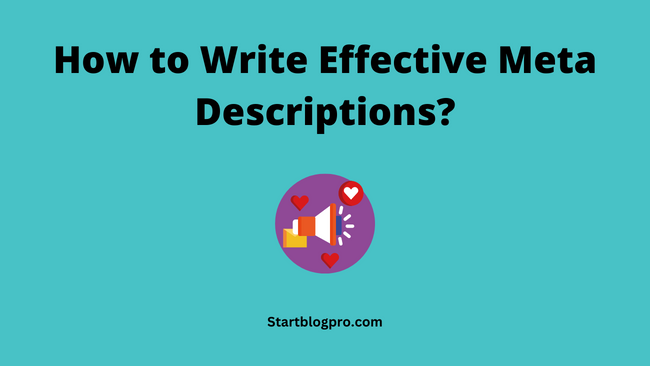
An effective meta-description includes post-relevant information. It explains your product, service, or summarizes the page content. Moreover, it compels the user to click through to your web page.
Here are some tips to write effective meta descriptions:
- Include Keywords – Use keywords that match the users’ search query and the content on the web page.
- Use Compelling Language – Use action-oriented and persuasive language such as “Learn more” or “Shop now”. It encourages the users to click through to the page.
- Accurate Description – Meta description should accurately describe the page content. It improves the trust and credibility of your site.
- Be Unique – Avoid the use of the same description on multiple pages. Do not copy it from other websites too.
- Keep It Concise – Include maximum information within the 150-160 character limit.
- Be Consistent – A consistent tone and style across all descriptions on your site reinforce your brand.
- Use Numbers and Statistics – Use the numbers and statistics to provide more information. It makes the content useful and interesting.
- Use Special Characters – Use special characters to separate phrases. The characters like “&” and “|” stand out in the search results.
- Test Meta Description – Use tools that preview descriptions in search results. It ensures that the description looks good and makes sense.
- Use Brand Name – Use your brand name in the description. It will make the description recognizable in the search results.
- Use Testimonials – Testimonials make your description compelling and trustworthy.
- Stay up-to-date – Stay up-to-date with search engines’ guidelines and best practices. and guidelines. Make sure your meta description follows them.
- Use Structured Data – Use structured data for providing extra information about your webpage to the search engines. Such as review stars, ratings, etc.
In addition, provide site-level meta-descriptions for your site’s home. It summarizes your website’s aim and content. Includes a page-level description for each page.
These tips help your descriptions stand out in the search results. Improving the visibility and relevance of your web pages. Your site gets better click-through rates and higher search engine rankings.
Common Mistakes Meta Description Optimization Mistakes
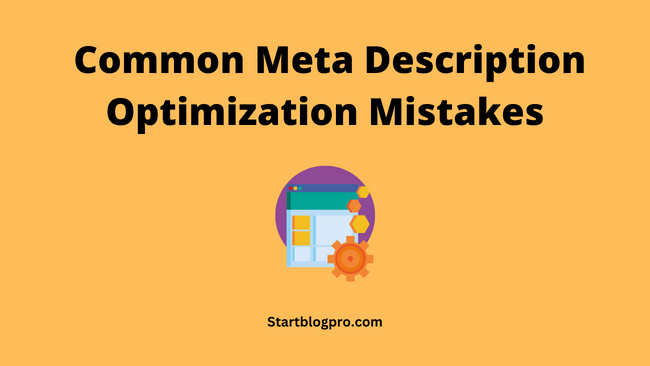
Meta description optimization mistakes can hinder your online success. Some of the common mistakes that website owners make are:
- Not Using Persuasive Language – Use interesting and action-oriented language. It persuades the reader to click through to your blog post.
- Ignoring Character Limit – There is no fixed character limit. But search engines truncate anything above 150-160 characters. Add the most important information within the character limit.
- Not Considering User Intent – Not considering the users’ search intent is a common mistake. It is essential to consider what are users searching for, and how your blog post meets their needs.
- Not Writing Unique Descriptions – A common mistake is not writing unique descriptions for each page on the website. Duplicate descriptions confuse users and search engines. Hurting your website rankings in the SERPs.
- Stuffing Keywords – It’s important to include keywords in your MD. But stuffing a list of keywords can cause search engine penalties. Severely affecting your website traffic and rankings.
- Copying Meta Descriptions – Copying and pasting description from other websites leads to content duplication. Hurting your website rankings and conversions.
- No Meta Descriptions – When you don’t write a unique description. Search engines use random text from your content. The content may or may not provide the information the user is searching for.
- Using Generic Description – Providing generic descriptions like “This is a web page” or “untitled page”. These types of descriptions do not provide useful info to visitors and search engines.
In a nutshell, avoiding these common meta description optimization mistakes improves your website’s performance. It improves the website’s search engine rankings. Attracts more traffic and customers.
How to Add a Meta Description in WordPress?
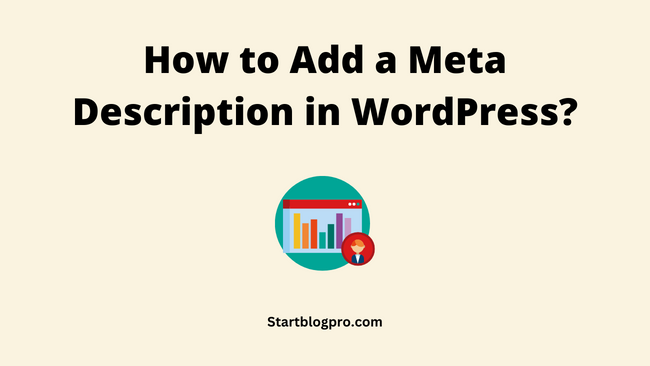
To edit the meta description in WordPress, you need to install a plugin. Here’s how to edit the description using the Yoast SEO plugin.
- Install and activate the Yoast SEO plugin.
- Open the page or post in the WordPress editor.
- Scroll down to the Yoast SEO section below the WordPress editor.
- Click on the “Edit snippet” button. This will open the meta description editor.
- Enter the desired text in the meta description field.
- Click the “Close snippet editor” to save your changes.
- Finally, Update or publish your page or post.
By following the above steps, you can edit the meta description in WordPress. Remember, search engines take some time in updating the new description.
How to Add a Meta Description of an HTML Website?
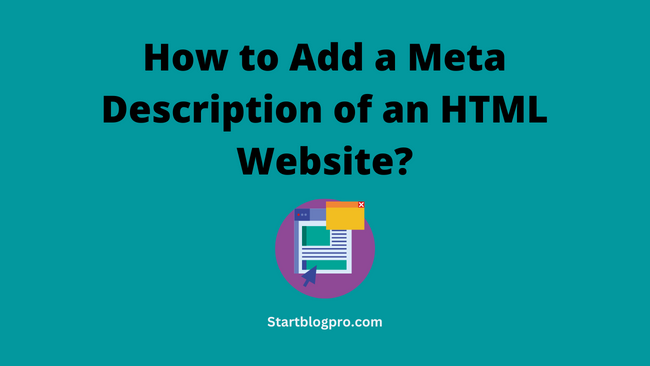
To edit the meta description of an HTML page. You need access to the HTML code of the webpage.
Here are the steps to follow:
- Open the webpage in an HTML editor.
- Locate the section of the HTML code. Use Ctrl+F to find it. It typically appears at the top of the code.
- Find the meta description tag. It looks like this: <meta name=” description content=” insert your meta description here”.
- Edit the content within the quotes that say “insert your meta description here”. Ensure the description length is within the recommended 150-160 character limit.
- Save the changes and upload the updated HTML file to your website.
The changes you make to your description take some time to appear in the search results.
FAQ’s
Yes, meta descriptions can affect SEO. But the impact on search engine rankings is indirect. An excellent description influences click-through rates. Higher CTR is a positive signal for search engines.
The meta description should have a concise and accurate description of the page content. It should be useful for both, users and search engines.
It’s unnecessary to update them frequently. However, review and update when you change your web page content.
Conclusion
I hope you understood the importance of meta-description optimization. Now, it’s time to take action and optimize your descriptions.
Here are a few steps you can take to get started:
- Audit your Website – Review your current descriptions and identify any that are missing, duplicated, or not optimized for search engines and users.
- Research Keywords – Use keyword research tools to identify relevant keywords for your web pages and include them in your meta-descriptions.
- Write Compelling Descriptions – Use unique and compelling language to make your meta descriptions stand out from the competition.
- Test and Optimize – Use A/B testing to test different variations of your meta-descriptions and to optimize them for better performance.
- Monitor your Progress – Use tools like Google Search Console to track the performance of your meta-descriptions in search results and make adjustments as needed.
Following the steps and best practices outlined in this blog post. You can improve the visibility and relevance of your web pages in search engine results.
What are you waiting for, start optimizing your meta descriptions today and watch your website’s SEO soar!
